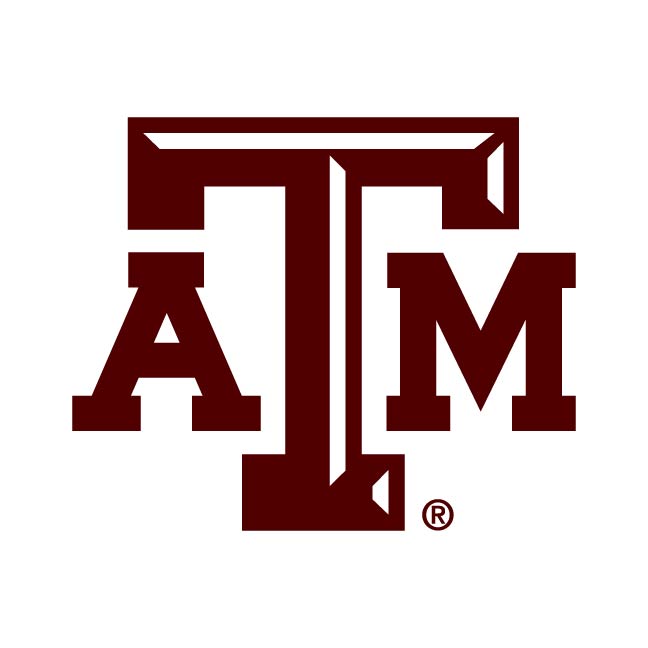Personal Hygienic Practices for Feed Personnel
To minimize the risk of contamination in feed manufacturing by employees, FSMA requires that all individuals engaged in manufacturing, processing, packing, or holding animal food (including temporary and seasonal personnel) or in the supervision thereof must receive training in the principles of animal food hygiene and animal food safety, including the importance of employee health and personal hygiene, as appropriate to the animal food, the facility and the individual's assigned duties. In addition, this training must be documented in records. You can create your own record documenting that your employees have reviewed the content on the website. (See sample record)
This website is designed to meet the training requirements related to animal food hygiene and food safety and addresses the following:
- FSMA requirements, including training and documentation requirements
- Importance of employee health and personal hygiene
- Responsibilities of supervisors, management and employees involved in feed manufacturing
Definitions
Animal Food: Food for animals other than man and included pet food, animal feed, and raw materials and ingredients.
Personal Hygiene: Maintaining personal cleanliness
Employee (as defined in this course):All persons working in direct contact with animal food, animal food-contact surfaces and animal food-packaging materials.
Adequate: That which is needed to accomplish the intended purpose in keeping with good public (human and animal) health practice
Contact Us
For more information on this course or our continuing education program, please contact:
Prabha Vasudevan
Coordinator, Educational Programs
Office of the Texas State Chemist
Phone: (979) 845-1121
Email: prabha@otsc.tamu.edu
Office of the Texas State Chemist • 445 Agronomy Road, 2114 TAMU, College Station, TX 77843-2114
(979)845 1121 • Toll-free (800)848 1121 • Fax (979)845 1389 • web@otsc.tamu.edu
©2007-2012 Office of the Texas State Chemist

